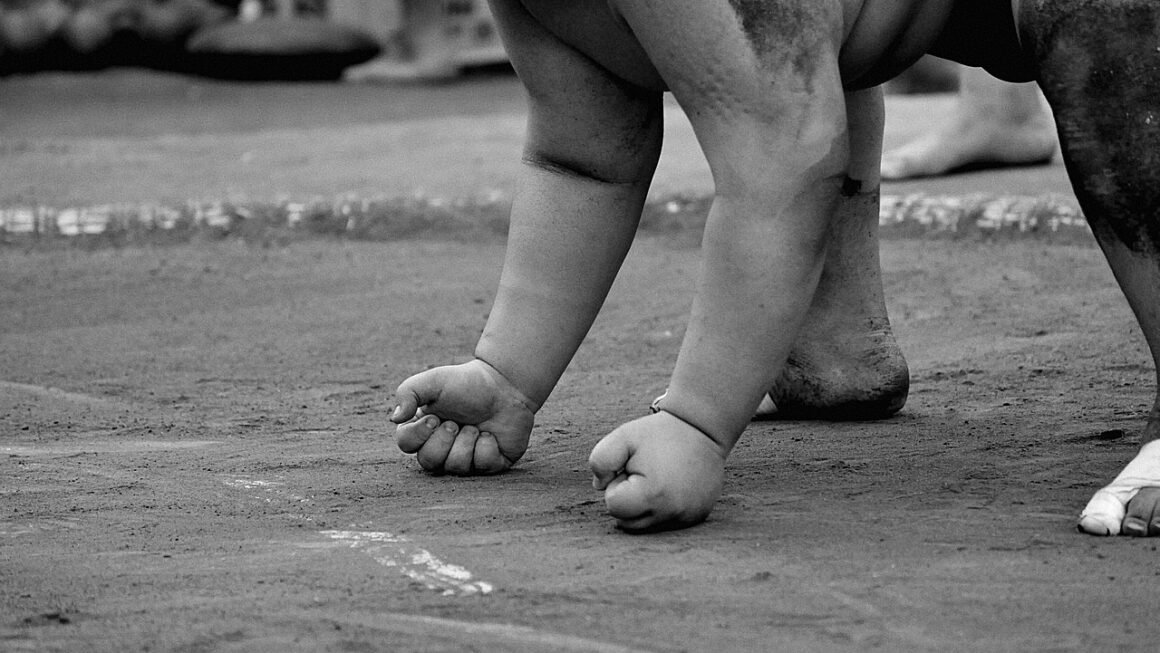Archery, an ancient art and modern sport, offers a unique blend of physical skill, mental focus, and historical connection. Whether you’re a seasoned marksman aiming for Olympic gold or a curious beginner drawn to its meditative qualities, understanding the fundamentals and nuances of archery can unlock a world of precision, discipline, and personal achievement. From choosing the right equipment to mastering proper form, this guide will take you through the essentials of archery, helping you embark on your own journey with bow and arrow.
Getting Started with Archery: Equipment and Essentials
Archery involves more than just a bow and arrow. Selecting the right gear is crucial for safety, accuracy, and enjoyment.
Types of Bows
Understanding the different types of bows is the first step. Each offers a unique shooting experience:
- Recurve Bow: The traditional bow, often used in Olympic archery. It’s characterized by its curved limbs that bend away from the archer when unstrung.
Example: A beginner-friendly Samick Sage recurve bow is a popular choice for its affordability and performance.
- Compound Bow: A modern design featuring cams and pulleys that reduce the draw weight required to hold the string at full draw. This allows for greater accuracy and power.
Example: Many hunters favor the compound bow due to its increased power and let-off, like the Hoyt Carbon RX-7.
- Longbow: A tall, simple bow with limbs that are straight or gently curved. It requires considerable strength and skill to master.
Example: Historically significant and still used today, longbows are often made from a single piece of wood, such as yew.
Essential Equipment
Beyond the bow, several other pieces of equipment are necessary:
- Arrows: Arrows come in various materials (wood, aluminum, carbon) and spines (stiffness). Choosing the right arrow is crucial for accuracy. Consider your draw weight and draw length when selecting arrows.
Example: Carbon arrows like Easton Axis are a popular choice for their durability and consistent flight.
- Armguard: Protects your forearm from the bowstring.
- Finger Tab/Glove: Protects your fingers from the bowstring. Compound archers often use a release aid instead.
- Target: A safe and appropriate target is essential. Options include foam blocks, layered foam targets, and straw bales.
Example: A Morrell Yellow Jacket target is a durable and versatile option for both field points and broadheads.
- Quiver: Holds your arrows. Can be a hip quiver, back quiver, or bow quiver.
Important Safety Gear
Safety is paramount in archery. Always prioritize these items:
- Eye Protection: Safety glasses are recommended, especially for beginners.
- Appropriate Clothing: Avoid loose clothing that could interfere with the bowstring.
- Finger Protection: Always use a finger tab, glove, or release aid.
- Range Rules: Adhere to all range rules and safety protocols.
Mastering Archery Technique: Form and Stance
Proper form and stance are fundamental to consistent accuracy in archery.
Stance
A stable and balanced stance is the foundation of good archery.
- Square Stance: Feet shoulder-width apart, perpendicular to the target.
- Open Stance: Front foot slightly forward, angling towards the target.
- Closed Stance: Front foot slightly back, angling away from the target.
- Example: Most instructors recommend starting with a square stance for beginners and adjusting based on comfort and results.
Nocking the Arrow
Properly nocking the arrow ensures consistent arrow placement.
- Ensure the arrow is correctly seated on the string.
- Align the cock feather (the differently colored fletching) as instructed for your bow type.
- Example: For recurve bows, the cock feather typically points away from the bow.
Draw and Anchor
The draw and anchor are critical for consistent accuracy.
- Draw the string back smoothly and steadily, engaging your back muscles.
- Anchor the string at a consistent point on your face (e.g., corner of the mouth or chin).
Example: Experiment with different anchor points to find what feels most natural and provides the best accuracy. Many recurve archers use a three-finger anchor under the jawline.
Release and Follow-Through
A clean release and proper follow-through are essential for accurate shots.
- Release the string smoothly, avoiding any jerking or plucking.
- Maintain your anchor point and hold your follow-through until the arrow hits the target.
Example: Visualize the arrow hitting the target even after the release. This helps maintain proper form and follow-through.
Aiming Techniques in Archery
There are several aiming techniques to consider, depending on the type of bow and your personal preference.
Instinctive Aiming
This method relies on natural hand-eye coordination and muscle memory.
- Focus on the target and let your subconscious guide your aim.
- Requires extensive practice and repetition.
- Example: Many traditional archers prefer instinctive aiming.
Sight Aiming
Using a sight attached to the bow for precise aiming.
- Adjust the sight based on distance and wind conditions.
- Commonly used in recurve and compound archery.
- Example: A multi-pin sight on a compound bow allows you to set different pins for various distances.
Gap Shooting
Using the arrow as a reference point to aim.
- Determine the gap between the arrow and the target at different distances.
- Adjust your aim accordingly.
- Example: If the arrow tip appears to be below the target at 20 yards, you would aim slightly higher.
Optimizing Your Archery Performance: Training and Maintenance
Consistent training and proper equipment maintenance are vital for improving your archery skills.
Practice Drills
Regular practice is essential for developing muscle memory and improving accuracy.
- Blank Bale Shooting: Practice your form without aiming at a target.
- Distance Drills: Gradually increase the distance you shoot at.
- Timed Rounds: Simulate competition conditions by shooting a certain number of arrows within a time limit.
Example: Spend 15 minutes on blank bale shooting to focus solely on your form before moving on to target practice.
Physical Conditioning
Archery requires strength, endurance, and flexibility.
- Strength Training: Focus on back, shoulder, and core muscles.
- Cardio: Improves stamina and reduces fatigue.
- Stretching: Enhances flexibility and reduces the risk of injury.
Example: Incorporate exercises like pull-ups, rows, and planks into your workout routine.
Bow and Arrow Maintenance
Properly maintaining your equipment ensures its longevity and performance.
- String Maintenance: Regularly wax the bowstring to protect it from wear and tear.
- Arrow Inspection: Check arrows for damage (cracks, dents) and replace them as needed.
- Bow Inspection: Inspect the bow for cracks, loose screws, or other damage.
Example: Replace your bowstring annually or more often if it shows signs of wear.
Exploring Different Archery Disciplines
Archery offers a variety of disciplines to suit different interests and skill levels.
Target Archery
Shooting at stationary targets at known distances.
- Indoor Archery: Typically shot at 18 or 20 meters.
- Outdoor Archery: Shot at various distances, depending on the competition.
Field Archery
Shooting at targets of varying distances and terrain.
- Involves navigating through a course in a natural setting.
- Requires adaptability and skill in judging distances.
3D Archery
Shooting at life-size animal targets in a realistic setting.
- Popular among hunters and outdoor enthusiasts.
- Challenges archers to judge distances and angles.
Clout Archery
Shooting arrows high into the air to land as close as possible to a flag (the “clout”) placed on the ground.
- A traditional English archery discipline.
- Requires a high degree of skill in judging distance and wind.
Conclusion
Archery is a rewarding pursuit that offers physical and mental benefits. By understanding the fundamentals of equipment, technique, and training, you can embark on a journey of skill development and personal growth. Whether you’re drawn to the precision of target archery, the challenge of field archery, or the historical connection of traditional archery, there’s a discipline for everyone to enjoy. Remember to prioritize safety, practice consistently, and never stop learning. With dedication and perseverance, you can achieve your archery goals and experience the satisfaction of hitting your mark.



